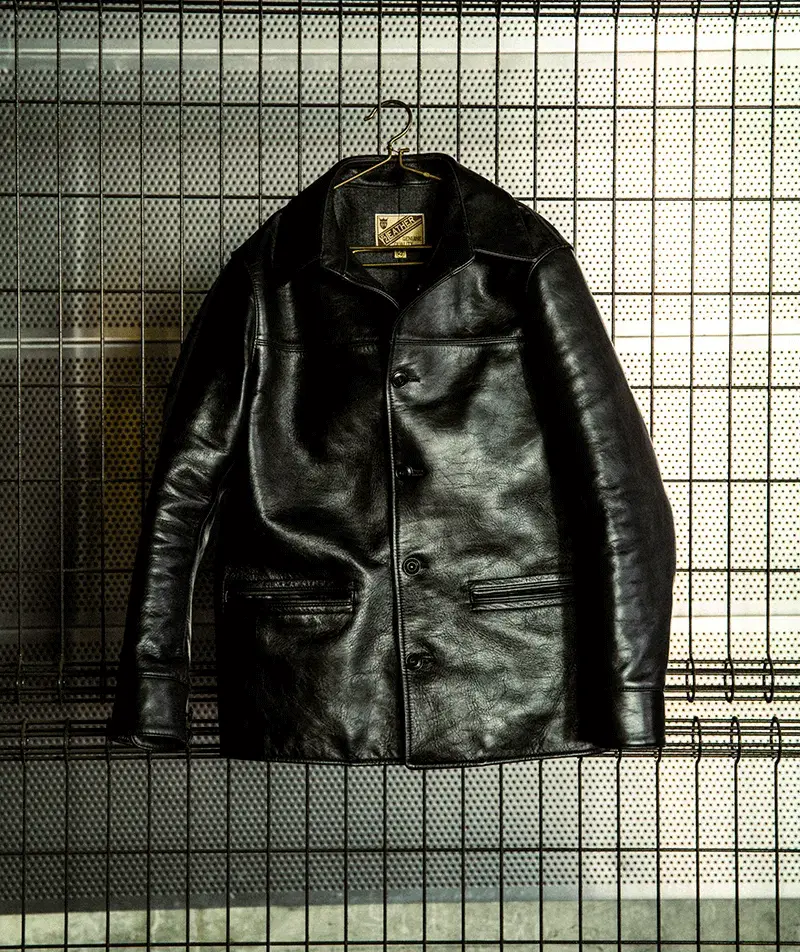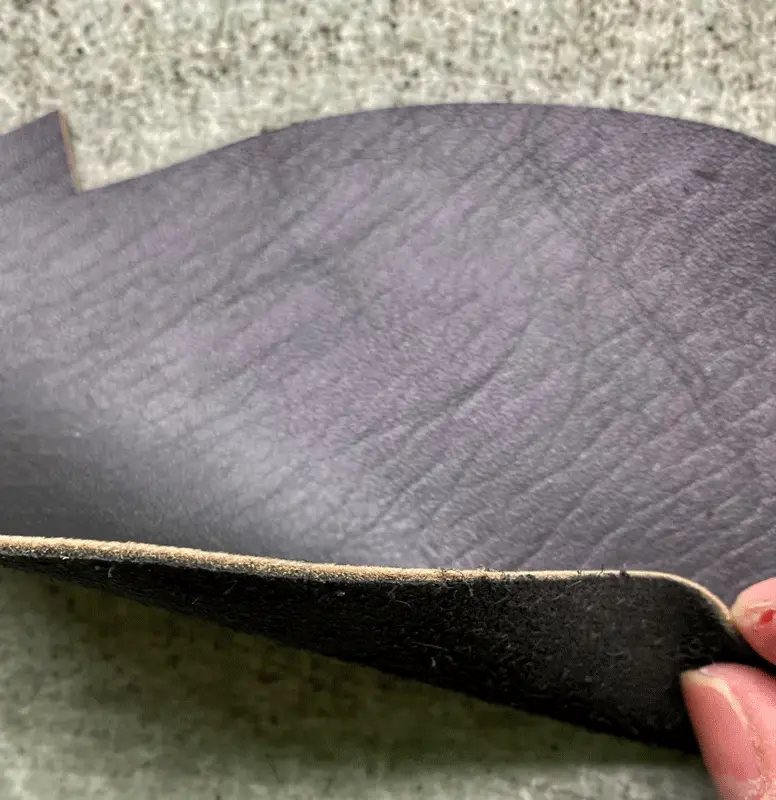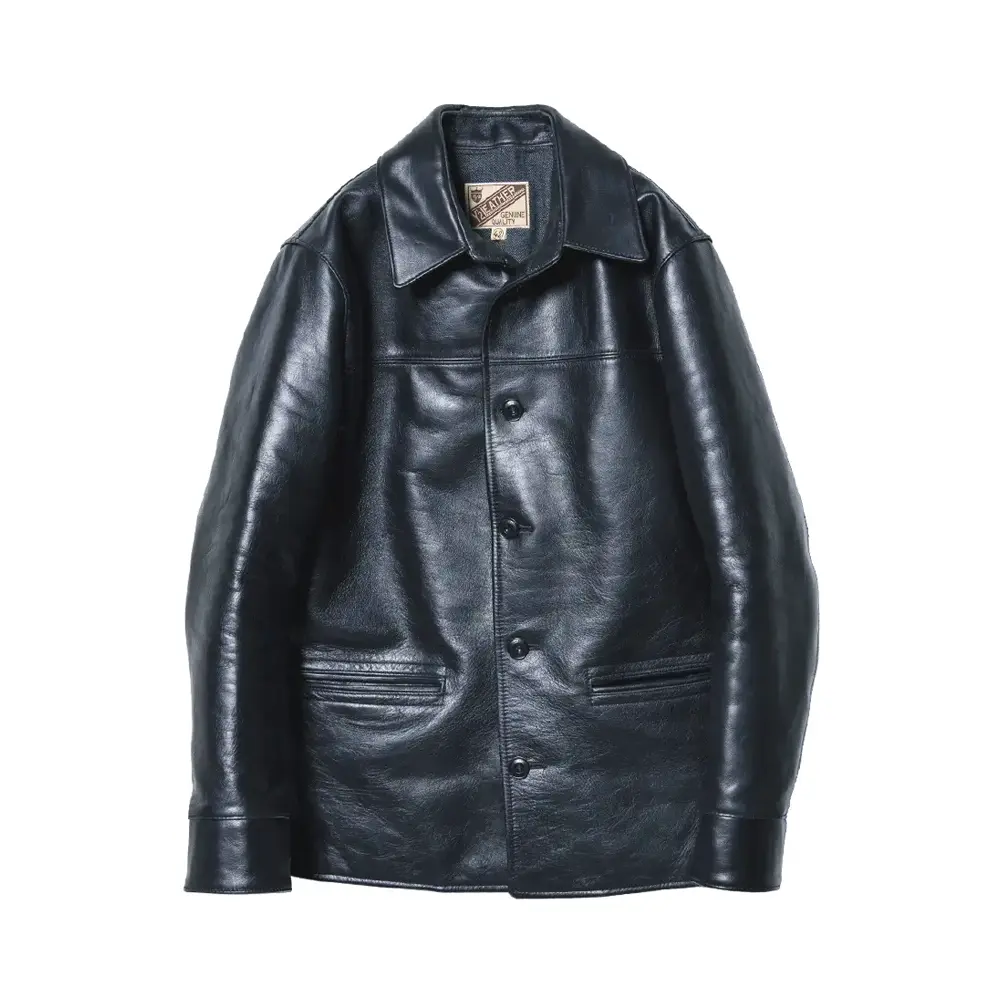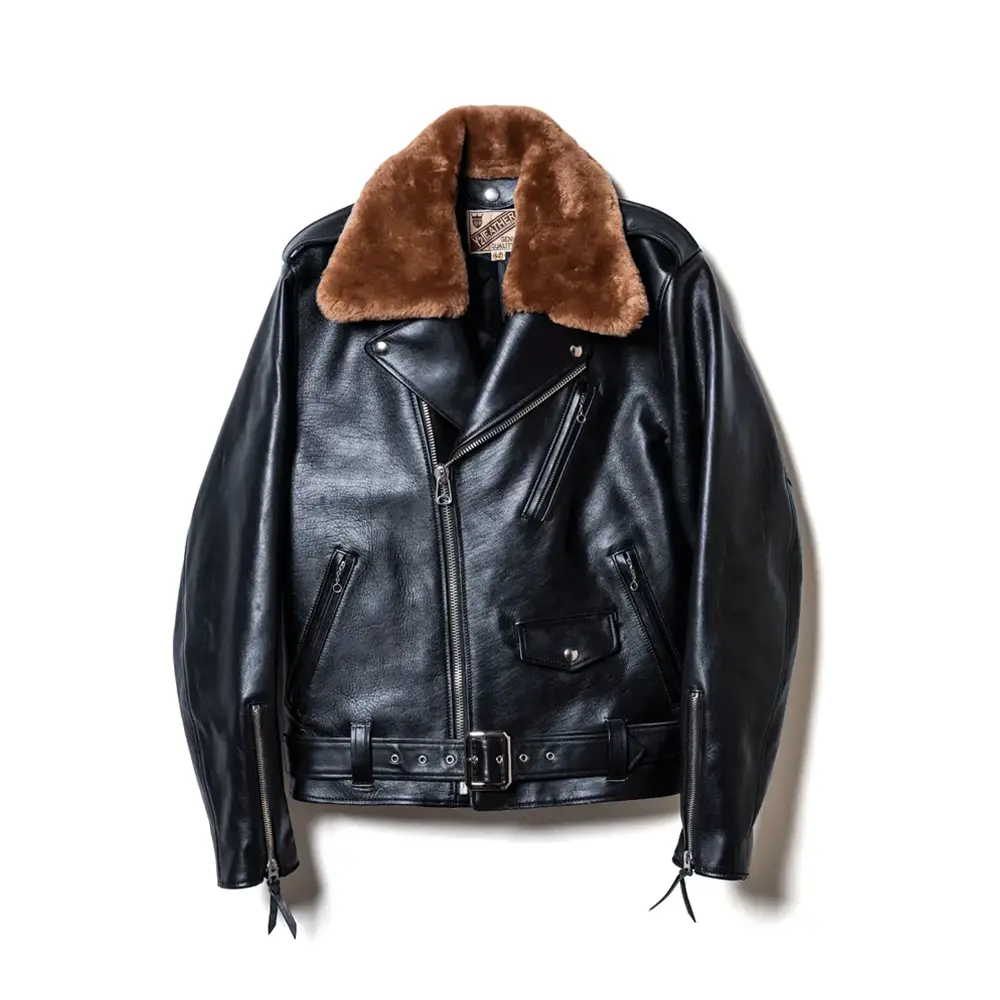2022.11.14
SUMI DYED HORSE
Black horsehide is a new material for this season.
We have received as many inquiries and orders for this new material as we have for our signature materials, persimmon tannin horsehide and indigo horsehide.
However, we have not been able to provide a detailed explanation of Sumikuro, so we would like to introduce it here.
We have succeeded in expressing the wonderful Japanese traditional materials such as persimmon tannin horsehide and indigo horsehide with horsehide, which is one of the most difficult leathers to handle.
Each of them has been highly appreciated both in Japan and abroad for their ability to age well.
As a side note, we were recently contacted by GQ magazine in the U.S. to feature our Indigo Horse Riders.
We started researching with a tanner to dye leather with sumi ink a few years ago, because we wanted to express the "jet black" that is typical of Japan, although persimmon tannin horse and Indigo horse are also good.
We started by selecting ink, narrowing our focus to materials from Nara and Mie prefectures, which have been closely related to ink since ancient times, and investigated the characteristics, advantages, and disadvantages of each.
We decided to use Nara sumi ink, which has been handed down for 1,400 years.
Nara ink is designated as a traditional craft, and is made by burning rapeseed, sesame, and paulownia oils.
The production process of Nara sumi ink requires the delicate skills of ink craftsmen, so there are few operations that can be mechanized, and it is still done by hand.
Now that we have found such wonderful sumi ink, it is time to start dyeing.
Before dyeing, the leather is first tanned with full vegetable tannin.
Then we dye it with a saddle, which is unique to tanning, but this time we dye it with a color a little darker than the usual saddle.
Then, after dyeing the core with the darker saddle color, the silver and suede surfaces are dyed with black ink, which is a very difficult process.
Dyeing only the base with saddle and the silver surface with sumi black is completely different from dyeing only the "core," as the letters indicate.
You can see from the second photo that only the core is dyed.
If too much dye is used, even the inner core will be dyed black.
It is very difficult to adjust the amount of dye.
As for the leather blending, the particles of sumi ink are coarser than those of ordinary dyes, and the silver surface of horsehide is coarser than that of cowhide, so we had to be very careful in blending the leather.
However, the original skin of horsehide is soft, so when it is carefully blended, the sumi ink penetrates into the silver layer more beautifully.
The Sumikuro horse was finished through such a process.
Even if the leather is peeled off after wearing, the color will darken when oil is added or it is burned.
I would like to end the explanation here, but there is one more step to the process.
To bring out the texture of the finished leather, a "milling process" is applied.
To explain it simply, it is like mulling the leather.
The leather is well blended from the beginning, and the silver surface can be easily moved.
We apologize for the rambling, but we are happy if we have conveyed the charm of sumi ink even a little.
First of all, the first stage of car coat.
Shipping has started!




